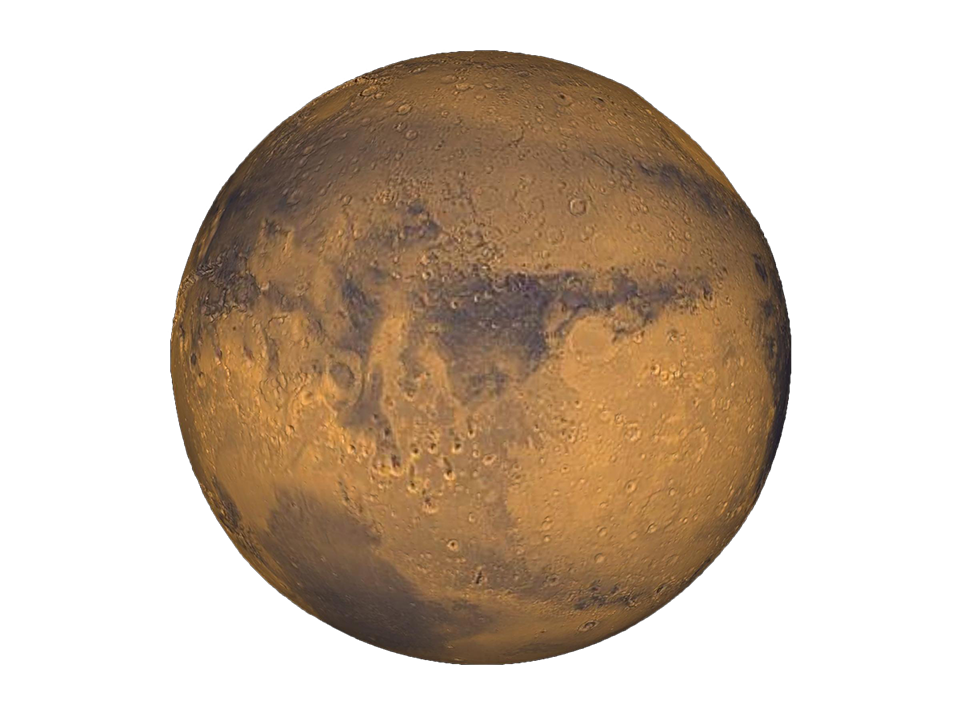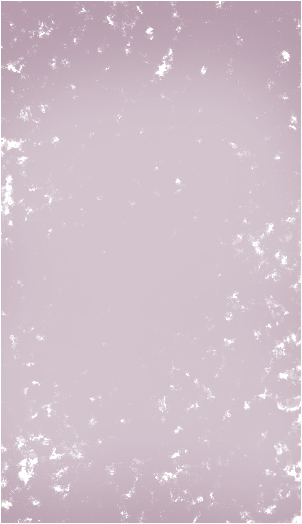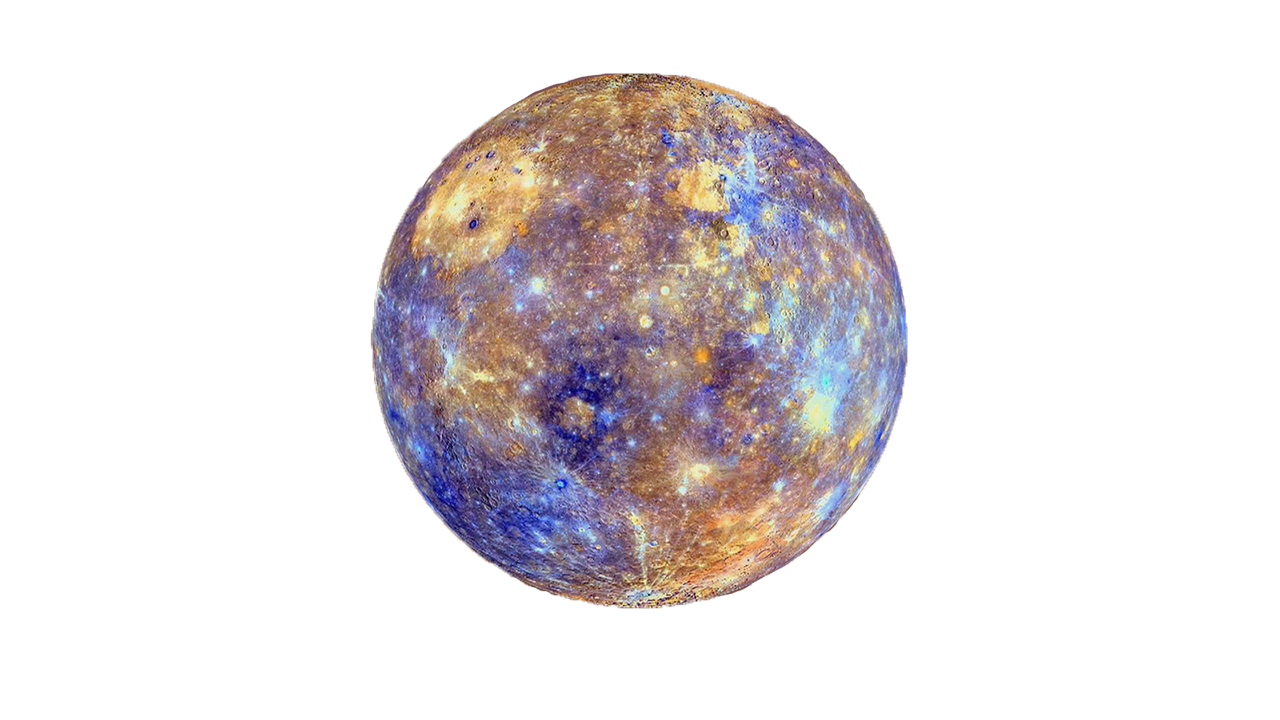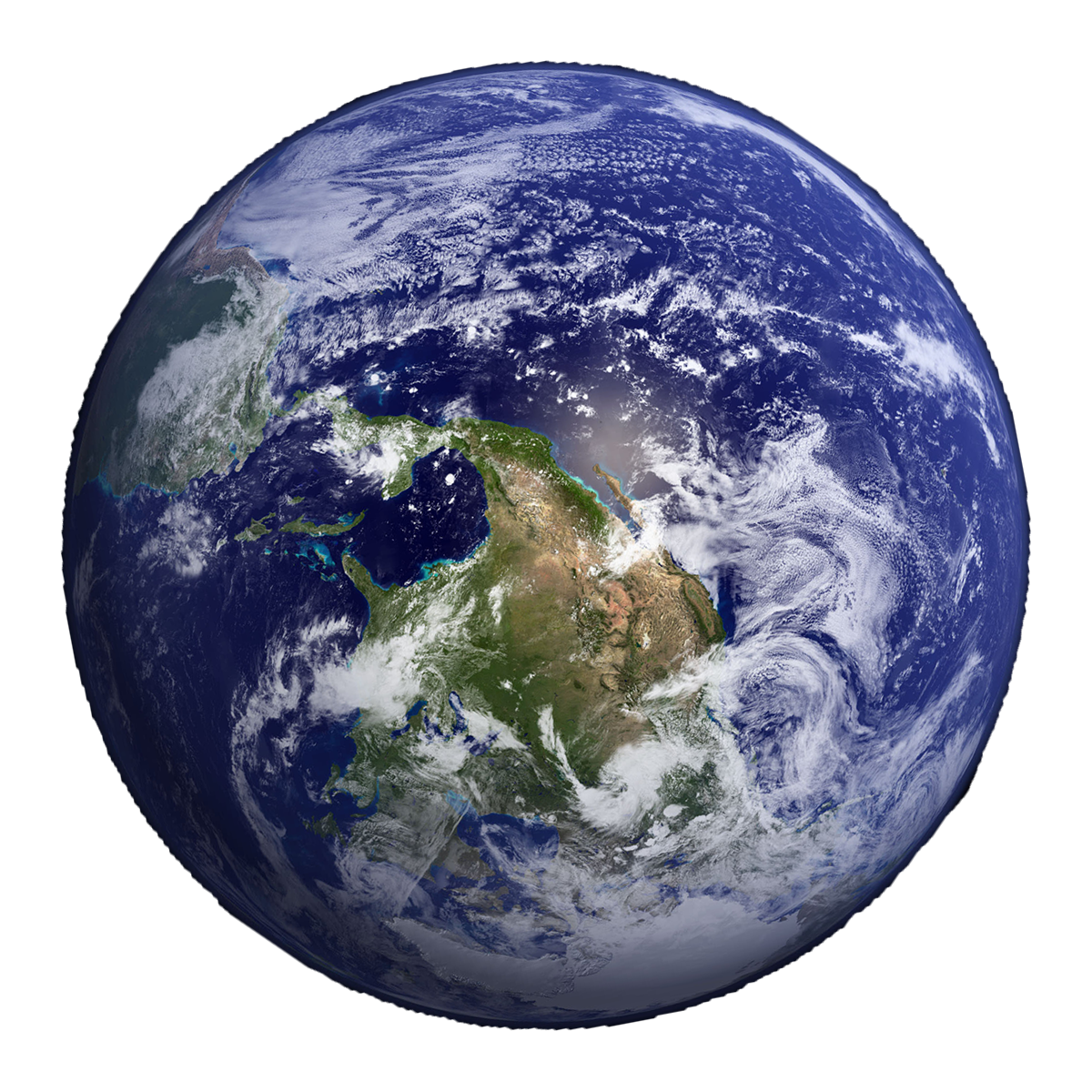Mars



Quick Facts
Planet Type
Terrestrial
Size
If Earth were the size of a dime, Mars would be the size of an asprin tablet.
Moons
Mars has two moons!
Lengh of One Year
687 Earth days
Structure
Mars has a dense core at its center between 930 and 1,300 miles (1,500 to 2,100 kilometers) in radius. It's made of iron, nickel and sulfur. Surrounding the core is a rocky mantle between 770 and 1,170 miles (1,240 to 1,880 kilometers) thick, and above that, a crust made of iron, magnesium, aluminum, calcium and potassium. This crust is between 6 and 30 miles (10 to 50 kilometers) deep.
Surface
The Red Planet is actually many colors. At the surface we see colors such as brown, gold and tan. The reason Mars looks reddish is due to oxidization—or rusting—of iron in the rocks, regolith (Martian “soil”), and dust of Mars. This dust gets kicked up into the atmosphere and from a distance makes the planet appear mostly red.
Interestingly, while Mars is about half the diameter of Earth, its surface has nearly the same area as Earth’s dry land. Its volcanoes, impact craters, crustal movement, and atmospheric conditions such as dust storms have altered the landscape of Mars over many years, creating some of the solar system's most interesting topographical features.
A large canyon system called Valles Marineris is long enough to stretch from California to New York—more than 3,000 miles (4,800 kilometers). This Martian canyon is 200 miles (320 kilometers) at its widest and 4.3 miles (7 kilometers) at its deepest. That's about 10 times the size of Earth's Grand Canyon.
Mars is home to the largest volcano in the solar system, Olympus Mons. It's three times taller than Earth's Mt. Everest with a base the size of the state of New Mexico.
Mars appears to have had a watery past, with ancient river valley networks, deltas and lakebeds, as well as rocks and minerals on the surface that could only have formed in liquid water. Some features suggest that Mars experienced huge floods about 3.5 billion years ago.
There is water on Mars today, but the Martian atmosphere is too thin for liquid water to exist for long on the surface. Today, water on Mars is found in the form of water-ice just under the surface in the polar regions as well as in briny (salty) water, which seasonally flows down some hillsides and crater walls.
Potiential for Life
Scientists don't expect to find living things currently thriving on Mars. Instead, they're looking for signs of life that existed long ago, when Mars was warmer and covered with water.
Resource
https://solarsystem.nasa.gov/planets/mars/overview/






